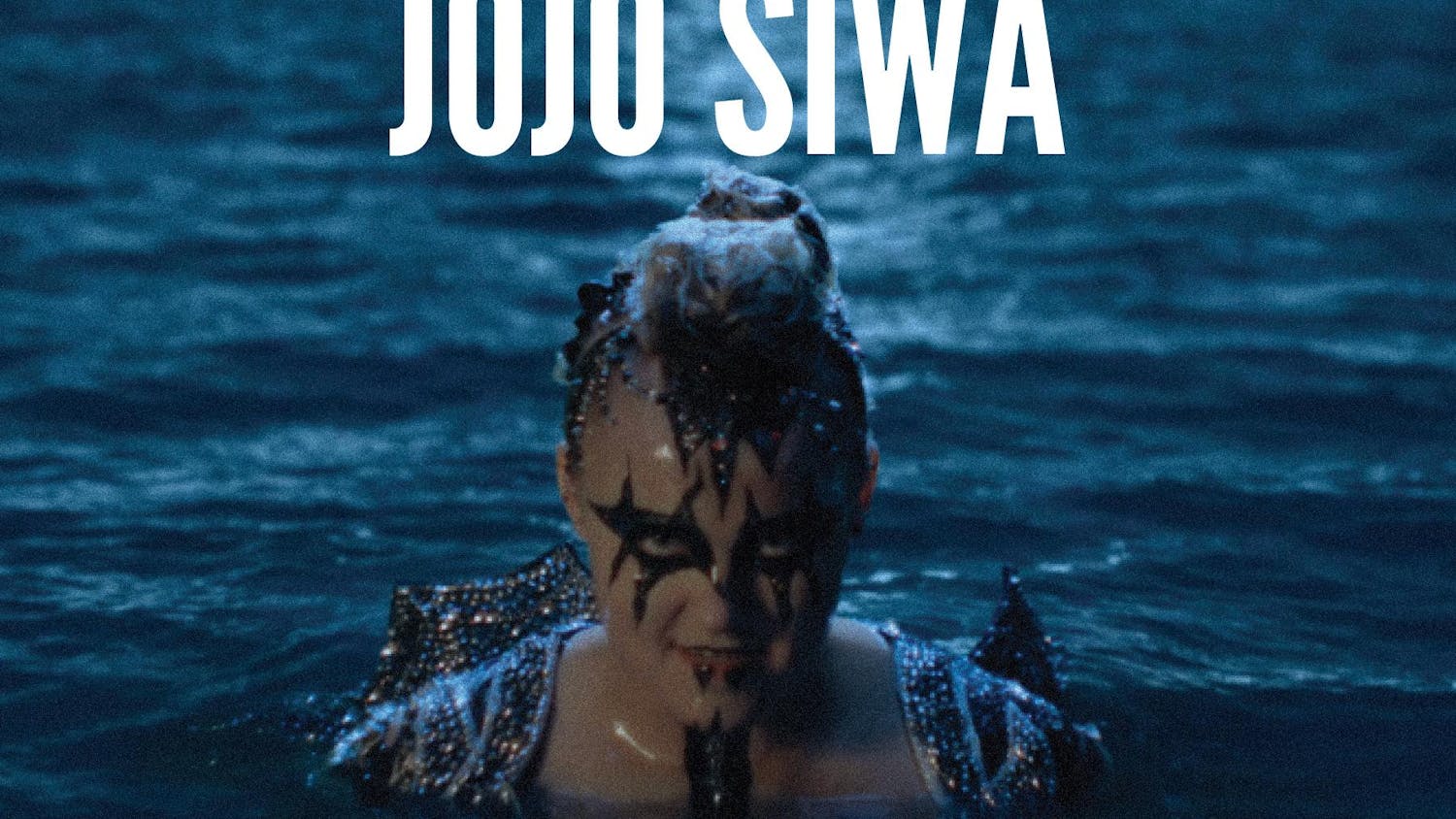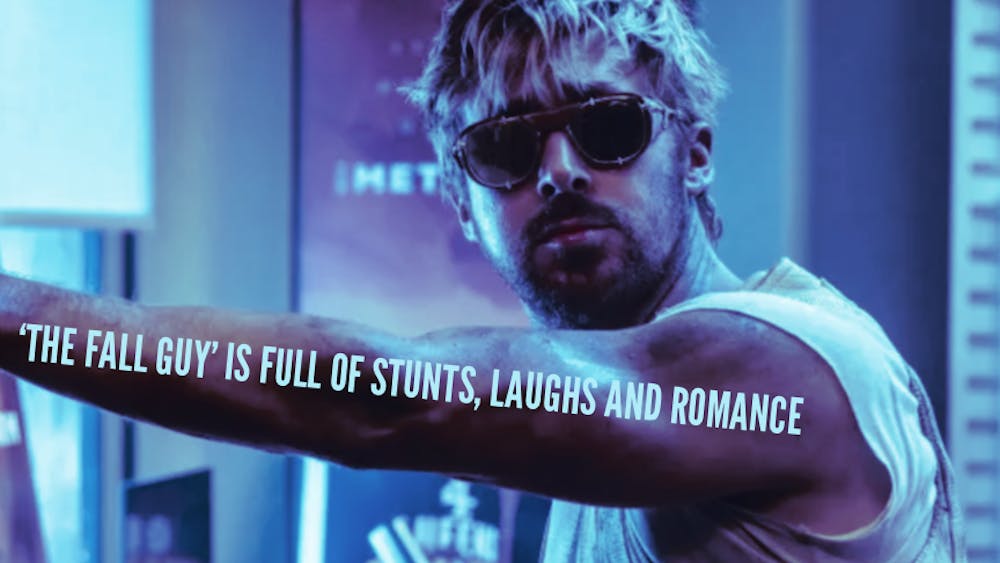
There isn’t much to consider when it comes to amusement parks in Indiana — which is due to the state just not having very many parks to begin with. Sure, you have Deep River Water Park in Crown Point, Holiday World and Splashin’ Safari in Santa Claus and the Richard Petty Driving Experience in Indianapolis. But the one Indiana amusement park with any sort of prominence was Indiana Beach in the Lake Shafer area of Monticello, Indiana. This only makes it all the more depressing to see the once-popular park closing its doors.
This amusement park was opened in 1926 under the name Ideal Beach by Earl Spackman, who was an accountant for the Ideal Furnace Company. It first consisted of a small bathhouse, a drink stand and 10 rowboats. A hotel, rental cottages and a toboggan water slide were added the following year.
Given the proximity of the park’s opening to the Great Depression, it may not have been a great time to invest. Despite this, Spackman impressively managed to get a loan and purchase the entire Indiana Beach peninsula. This gamble, however risky, really did pay off.
The shoreline, which is known for its crystal-clear water and great fishing, became home to the White Point Resort, Ideal Beach Resort, cottages and, eventually, a casino and dance pavilion. When Big Band music became popular, the Shafer Lake Ballroom hosted the likes of Benny Goodman, Glenn Miller and Tommy and Jimmy Dorsey.
In 1945, Earl’s son, Thomas Spackman, became the CEO of Ideal Beach, and he changed the park’s name to Indiana Beach seven years later. During the ‘40s and ‘50s, there seemed to be huge competition among Northern Indiana towns to attract tourists (and their vacation money). Locations such as Cedar Lake, Bass Lake, Lake Manitou, Winona Lake, Lake Webster, Lake Wawasee, Sylvan Lake and Lake Maxinkuckee all offered summer resort living.
The younger Spackman saw his ownership of Indiana Beach as an opportunity to create a miniature Coney Island in the midwestern United States. He added a variety of amusement rides, which included a Ferris wheel, a merry-go-round and a Roll-O-Plane, as well as a roller rink and a facility for horseback riding. Spackman often referred to the park as the “Riviera of the Middle West.”
While the Shafer Queen paddleboat, launched in 1972, became the iconic trademark of Indiana Beach, the signature crow cawing the theme park’s slogan, “There’s more corn in Indiana,” was what stuck in Hoosiers’ minds for years to come. By the late 1990s, the resort and complex attracted approximately 700,000 visitors each year and raised an estimated $50 million annually. Spackman and his family sold the theme park in 2008 to Morgan Recreation Vacations of Saratoga, New York, and in 2015, California’s Apex Parks Group purchased the area, adding it to the group’s collection of amusement and water parks.
But on Feb. 18 of this year, Apex announced it would be closing Indiana Beach and three of its other parks permanently for financial reasons.
Despite — or maybe because — of its popularity, the park attracted a slew of controversies throughout its 94-year history. In 2011, both former and current employees staged a protest due to working and safety conditions at the park. As a result, a worker from the state division of Homeland Security investigated the park and found no major safety violations.
However, in January of 2013, local news affiliates reported that Morgan RV Resorts LLC, the park’s parent company, owed about $347,000 in unpaid paying property and innkeeper taxes to White County, where Indiana Beach was located.
Indiana Beach will be remembered by all who live in Indiana, especially those who grew up attending the park.













